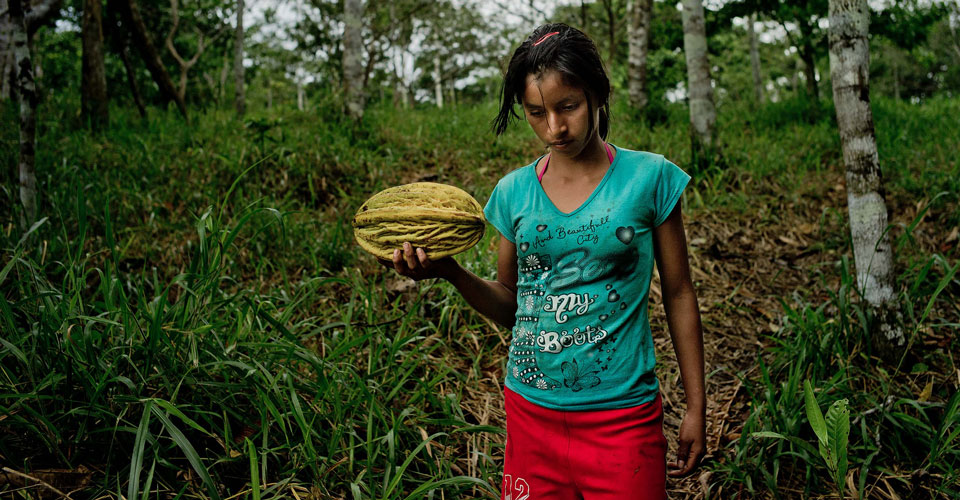Ecuador:
Realising the right to information in Ecuador

We hereby decide to build a new form of public coexistence, in diversity and in harmony with nature, to achieve a good way of living.”
– Preamble to Ecuador’s 2008 Constitution
Ecuador is rich in tropical forests – they cover a third of the country – and for every square kilometre of forest there are 150 people who depend on it. That’s three times more than in neighbouring Peru. Despite this high density of communities who rely on them, Ecuadorians have limited rights to the forests that sustain them. Only half of the indigenous groups and smallholder farmers that customarily own their forests have legal title to them.
Ecuador’s laws oblige authorities to publish information that is in the public interest, and respond to citizens make related inquiries. But, this kind of transparency has been a real challenge for the forestry sector.
Weak forest rights have been compounded by a lack of accessible information about forest planning and management. Ecuador’s 2004 Ley Orgánica de Transparencia y Acceso a la Información Pública (LOTAIP – Organic Law of Transparency and Access to Public Information) does not detail what sort of information should be made available on the forest sector, meaning government bodies’ responses to requests for information have been inconsistent. This has also resulted in a lack of coordination and information sharing between government institutions and with the public, which hampers efforts to address forest problems that require a joined-up approach, such as illegal logging and insecure tenure.
Ecuadorian transparency NGO, Grupo FARO, set out to change that, and introduced a simple system for assessing the government’s compliance with Ecuador’s access to information law, and rewarding good performance. Until FARO’s first involvement in 2010, Ecuadorians were not generally pressuring their government for more information about forest issues. The NGO describes itself as a ‘policy think-and-do tank’. It already had experience of assessing public institutions for compliance with LOTAIP, and on that basis developed a forest sector-specific methodology aimed at assessing performance against 20 of its obligations. FARO organised roundtable discussions with community leaders, public officials and NGO representatives to agree a weighting system for different types of information, most needed by citizens. Prize giving ceremonies were held to recognise the best performance and improvements by authorities over time.
A next step was educating citizens on how best to get involved. Staff from the NGO Centro Ecuatoriano de Derecho Ambiental (CEDA, the Ecuadorian Centre for Environmental Law) began training people on how to make requests for forest information, and how to follow up if they were denied a response. Participants had little prior knowledge of the law or their rights, but were taught about both, and the roles and duties of relevant institutions. Officials in attendance also said they gained a better understanding of their responsibilities under the law.
Ecuador has some of the best forests in the world, strong commitments to the well-being of indigenous peoples, and a 2008 Constitution that states “[We] hereby decide to build a new form of public coexistence, in diversity and in harmony with nature, to achieve a good way of living.” But this admirable vision is yet to be realised. As Mireya Villacís, Grupo FARO’s researcher for the LOTAIP assessments adds, “As the value of forests starts to shift away from timber as a commodity – something tangible and easy to see – to that of carbon and environmental services, neither of which are easily measured or monetised, it is increasingly important that public authorities in Ecuador and elsewhere be open about the public information they have and the decisions they make in the public interest.”
